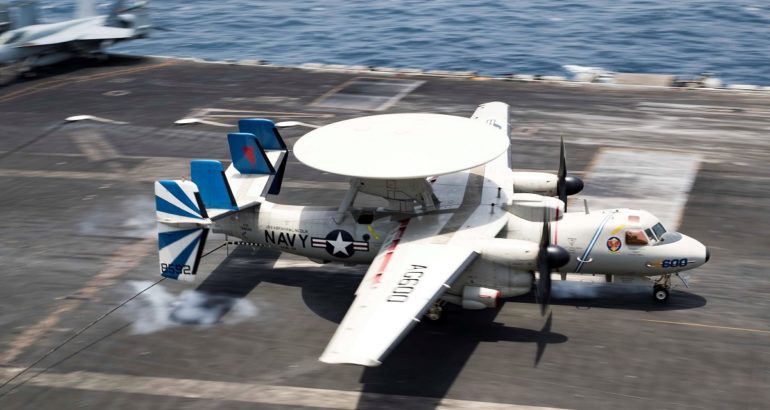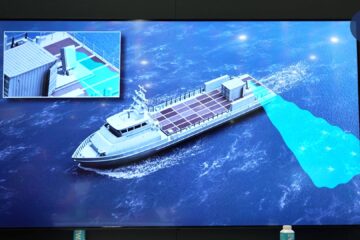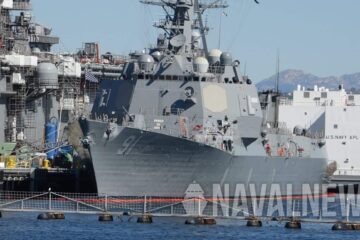The APY-9 radar program is nearing completion of a current five-year production contract in 2020, and this new award calls for another five years of production – with deliveries spanning from 2021 to 2025. The latest radar order will include Lockheed Martin’s new Advanced Radar Processor.
“We’re excited to have the opportunity to continue producing APY-9 radars for the Navy’s use on its Advanced Hawkeye aircraft and to continue supporting our customers with performance upgrades on a regular basis”
Ken Kaminski, Airborne & National Surveillance Radar program director, said.
The APY-9 radar is an Ultra High Frequency (UHF) surveillance system that provides both mechanical and electronic scanning capabilities designed to “see” smaller targets – and more of them – at a greater range, particularly in coastal regions and over land.
Production work is performed at Lockheed Martin sites in Syracuse and Owego, New York, and Clearwater, Florida.

The E-2D Advanced Hawkeye is the latest variant of the E-2 Airborne early warning aircraft, replacing the E-2C Hawkeye. It brings revolutionary capabilities to the carrier strike group, including the new and powerful AN/APY-9 radar, which is a two-generational leap in technology.






